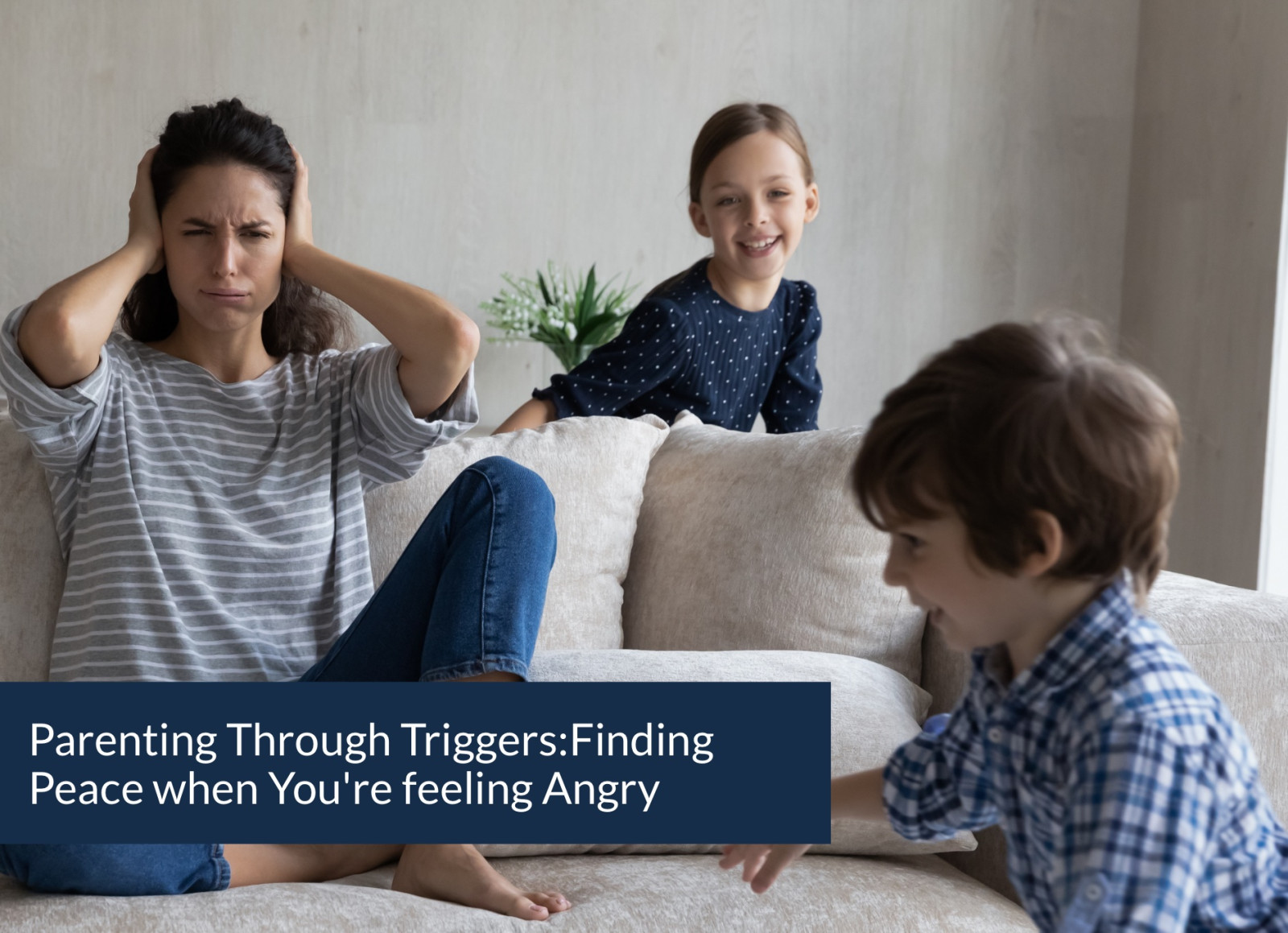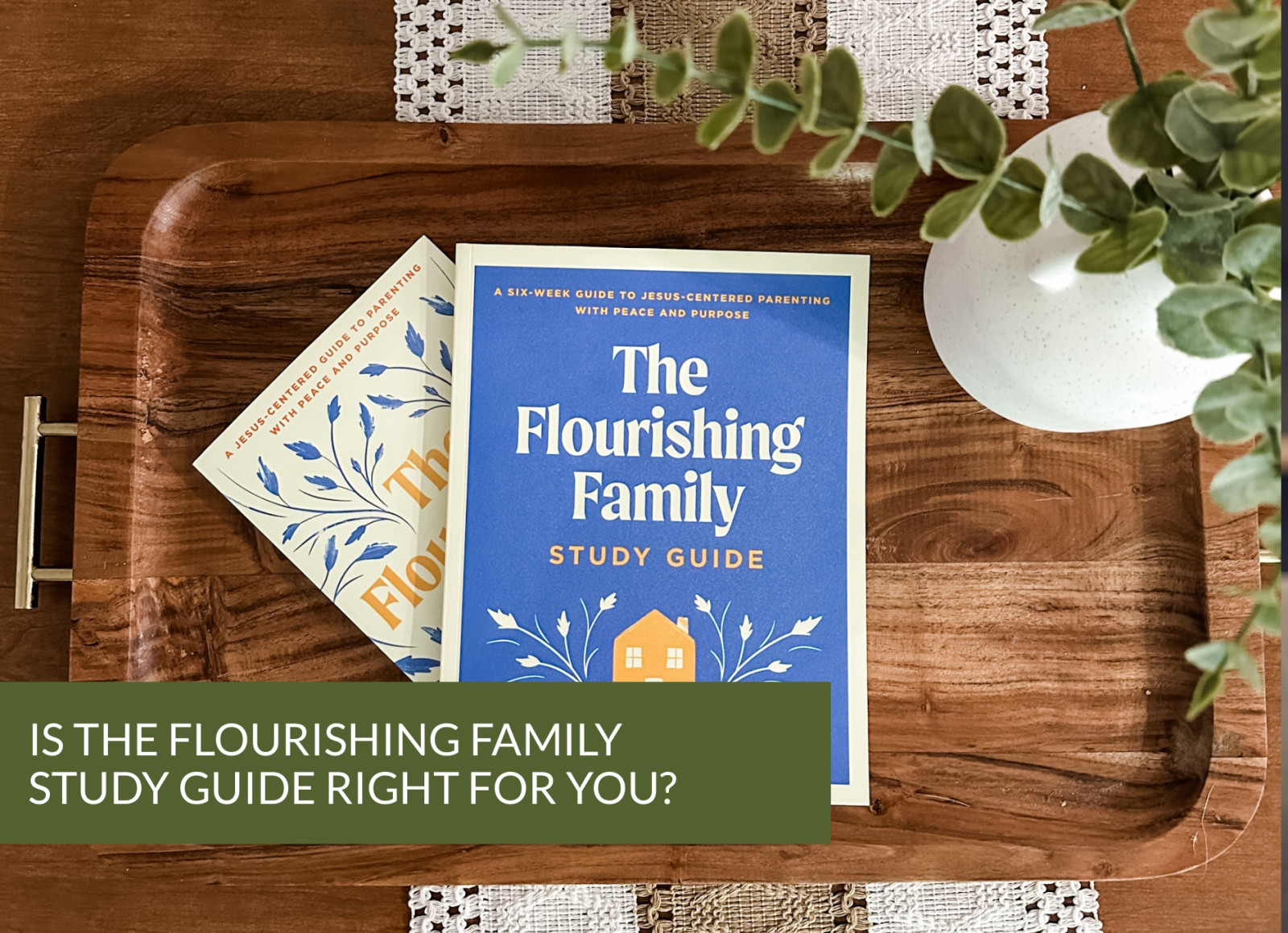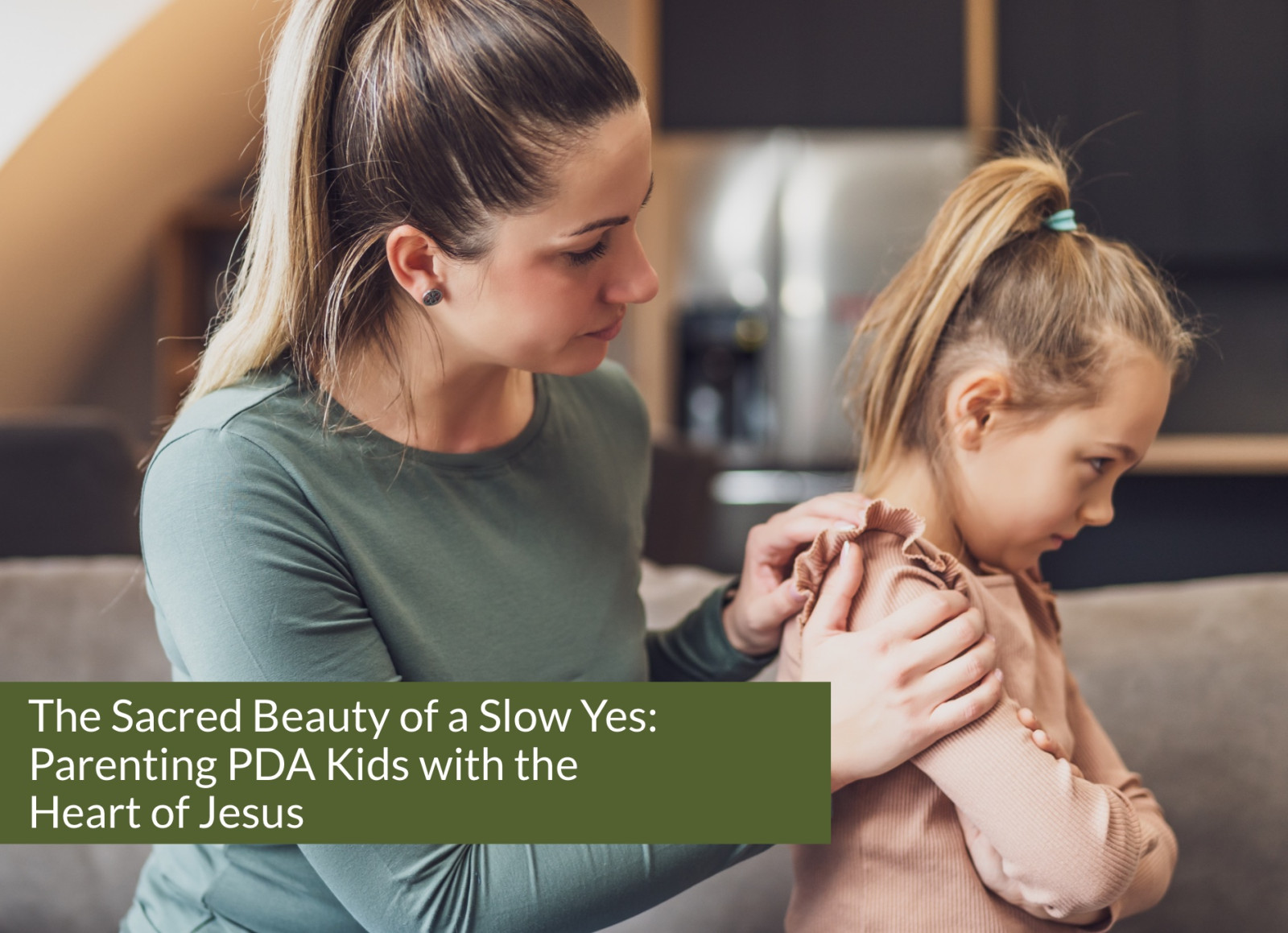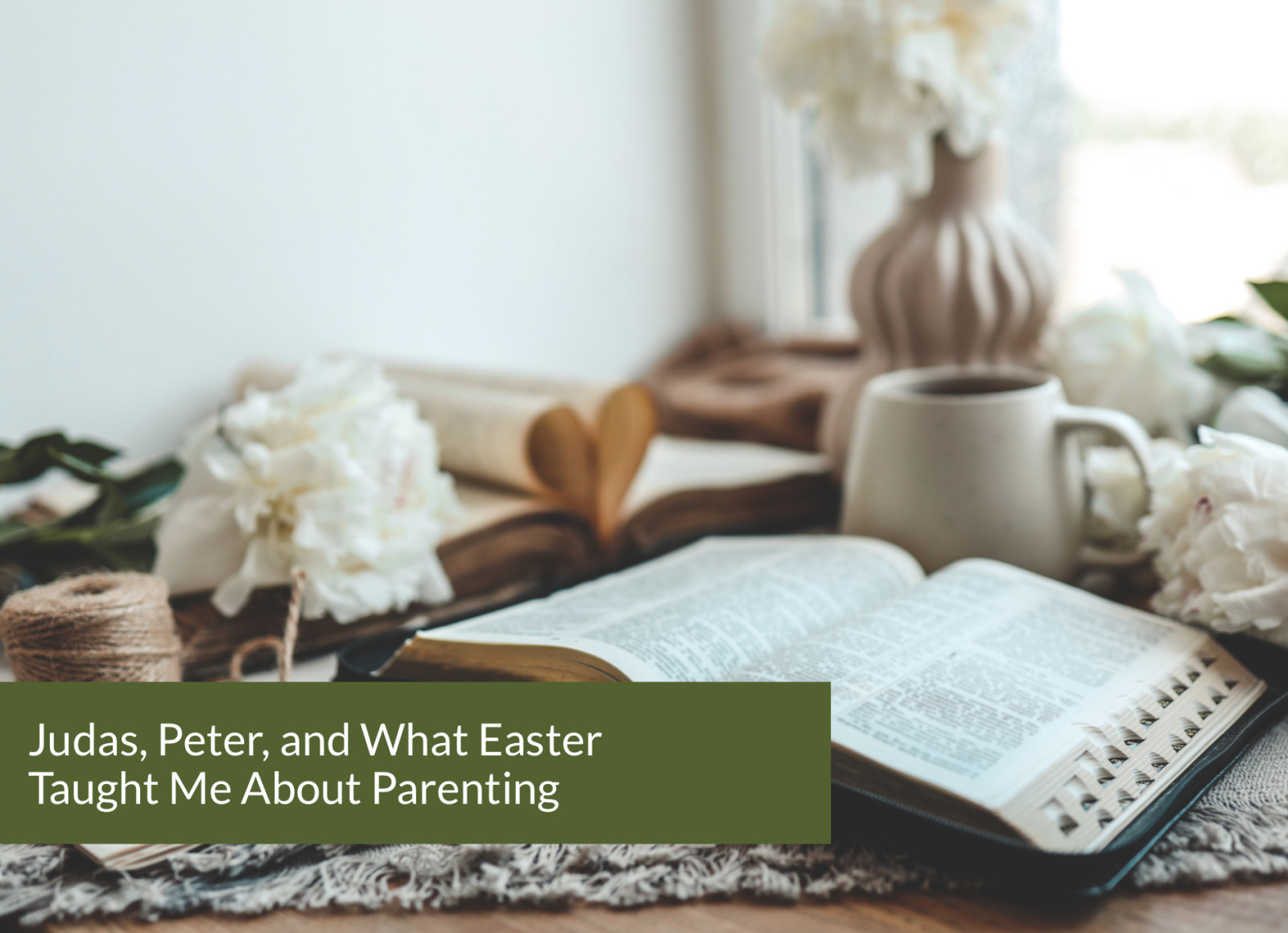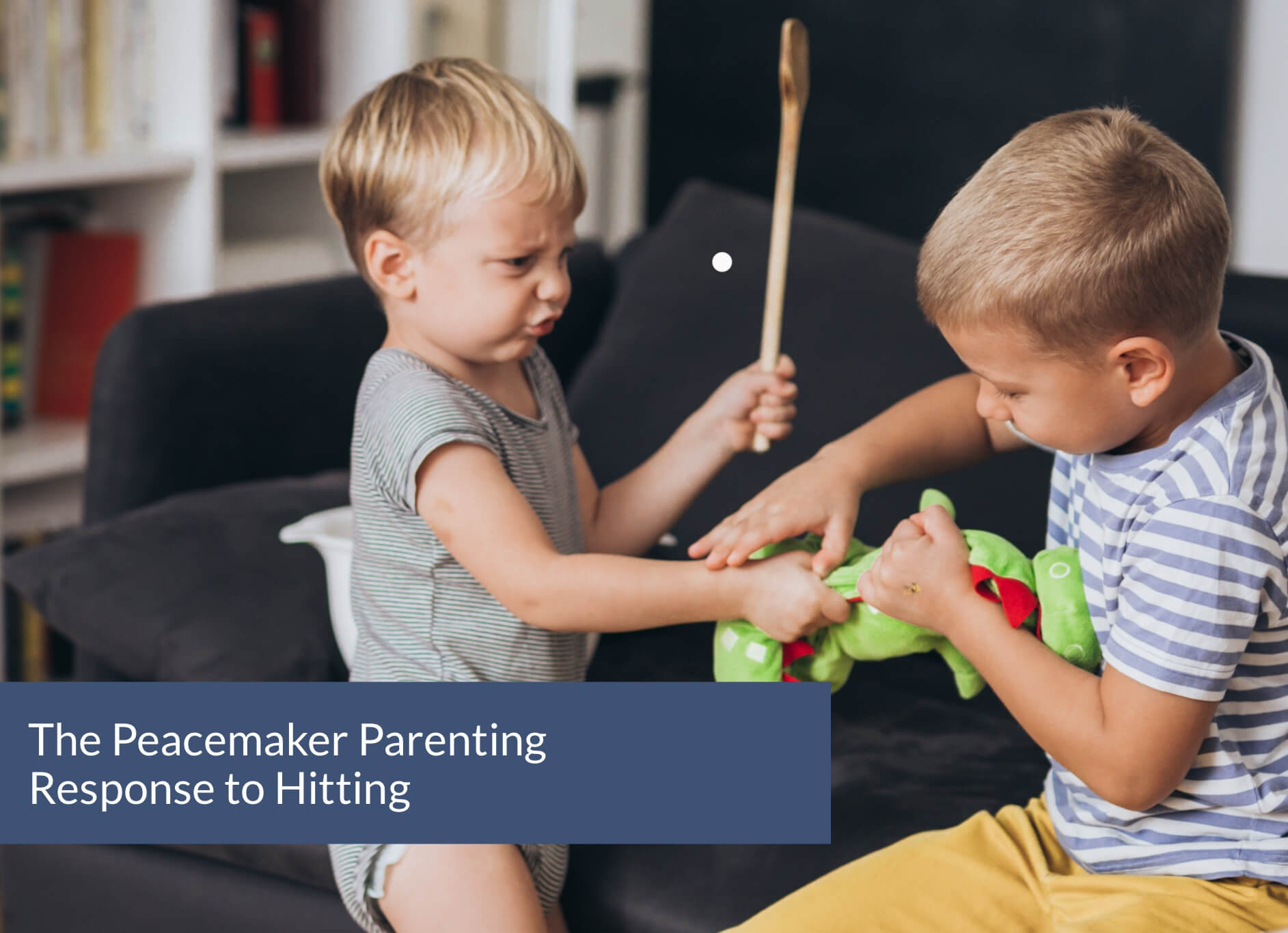
One of the most frequently asked questions we get, when it comes to behavior challenges, is "What do I do when my child tries to hit me or their sibling?" The good news is: hitting is a very typical behavior for toddlers and early preschoolers. The bad news is: hitting is a very typical behavior for toddlers and early preschoolers.
If you're in the throes of hitting (do you see what we did there?), we know it is one of the most challenging moments to face. Whether it’s a sibling, a friend, or even us, hitting feels like a big deal, and it’s easy to feel overwhelmed. But instead of reacting with frustration or anger, Peacemaker Parenting encourages us to approach these moments with calmness, empathy, and clear boundaries. In the heat of the moment, our kids need us to be the steady ones—teaching them not just how to stop hitting, but to understand and handle their emotions in a healthier way.
Read more...
I remember the feeling of utter exhaustion in the early years of parenting. My brain, body, and spirit were perpetually tired - deep in my bones tired. I suppose, since every body and every story is different, some parents coast through sleepless nights without much difficulty, but if you’re reading this, I'll venture a guess that you may be navigating the foggy world of sleep deprivation that’s so common when parenting babies and toddlers (and sometimes even older kids). Sleep deprivation is one of the toughest parts of early parenting, and it’s easy to feel like you’re just trying to make it through the day on autopilot. But take heart—there are ways to support yourself and get through this challenging phase with a bit more energy and optimism. Let’s dive into some strategies that can help you thrive even when your nights are less than restful.
Read more...
Parenting toddlers can be an exhilarating and challenging journey, marked by boundless energy, rapid development, and endless curiosity. As toddlers begin to assert their independence and explore the world around them, parents often seek guidance and resources to navigate this dynamic, and sometimes exasperating stage of childhood.
Read more...
Potty learning is a significant milestone in a toddler’s life, marking a step towards independence, and for many parents, it’s loaded with varying emotions. Some parents are anxious to have their toddlers out of diapers, maybe out of fear of overwhelm with a new baby on the way, or due to pressure from a preschool or daycare. Other parents dread potty training, concerned about having to navigate accidents or maybe they’re frustrated at how difficult their toddler is to motivate.
What if potty learning could be virtually stress-free for both the toddler and the parent? That certainly is the dream for most parents, but how do you make it a reality?
Read more...Toddlers really know how to put on the brakes when they don't want to get in a car seat! How can you help them buckle in safely without resorting to threats, punishments, and force? Here are a few ideas.
Dear Amanda,
I need your advice on how to get my toddler to cooperate when I need to buckle him into the car seat. It’s always been a bit of a struggle, but lately my newly three-year-old is making it so hard to get going–he finds every reason to not buckle himself, not let me buckle him, says he needs all these crazy things before we can leave, and on and on. I seriously dread getting in the car these days! How can I make this less difficult for him (and me)?
-Catie


